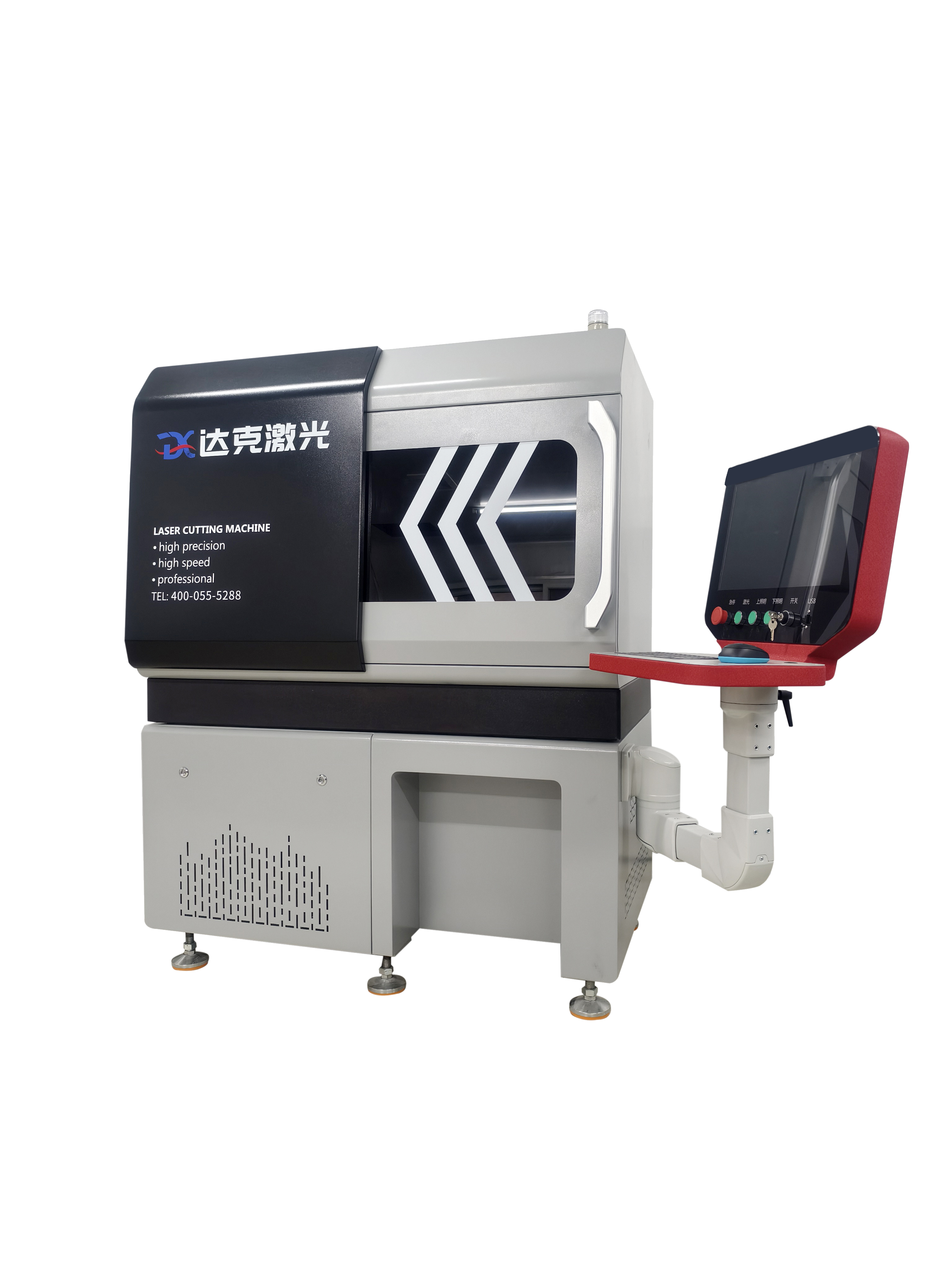
فهم تقنية توسيع الشعاع البصري في عالم البصريات وتطبيقات الليزر، تلعب موسعات الشعاع دورًا حيويًا في التحكم في أشعة الضوء لأغراض علمية وصناعية متنوعة. هذه الأدوات البصرية المتطورة هي ...
عرض المزيد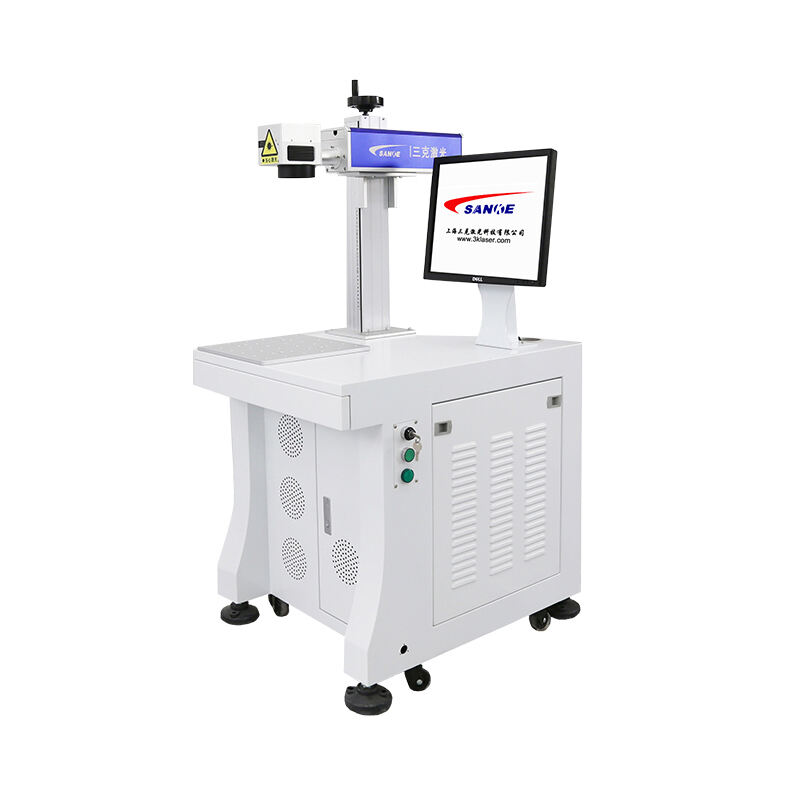
فهم الأثر الثوري لتكنولوجيا توسيع شعاع الليزر لقد حوّلت أنظمة الليزر الحديثة العديد من الصناعات، من الإجراءات الطبية إلى التصنيع المتقدم. وفي صميم العديد من هذه التطبيقات تكمن مكونات بصرية حيوية...
عرض المزيد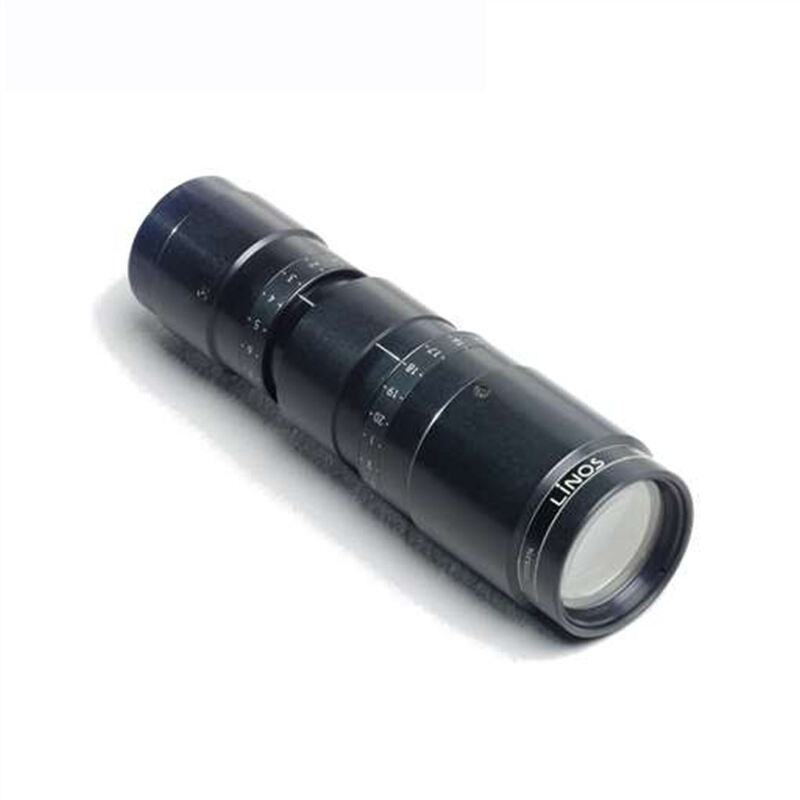
فهم الدور الحيوي لموسعات الشعاع في البصريات الحديثة يستمر قطاع البصريات في التطور بوتيرة سريعة، وقد أصبحت موسعات الشعاع مكونات لا غنى عنها في العديد من التطبيقات، بدءًا من معالجة الليزر وحتى المجاهر المتقدمة...
عرض المزيد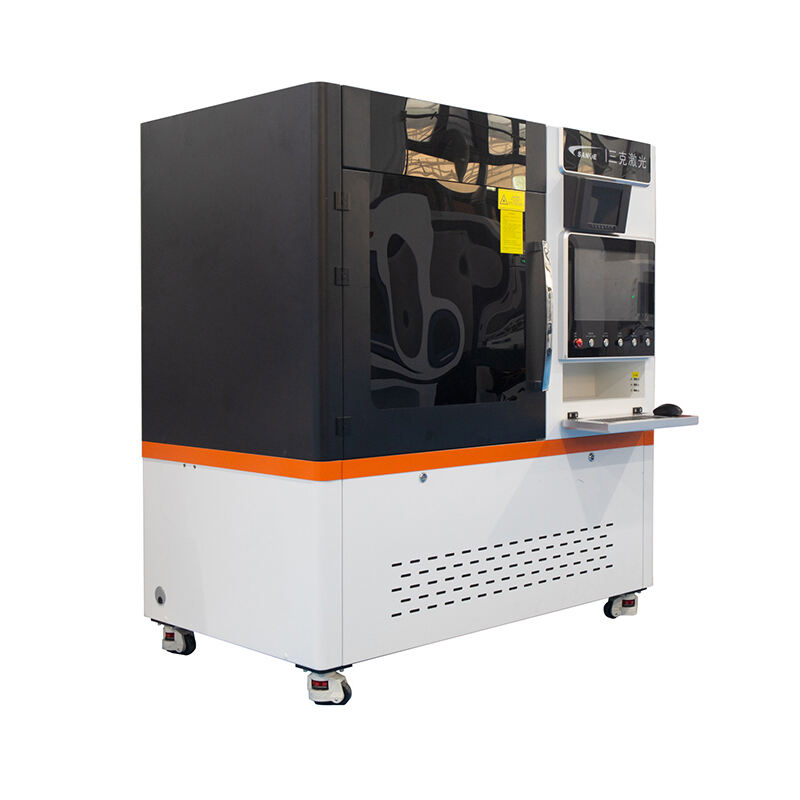
تقدمات ثورية في هندسة البصريات يُعد تطور تقنية عدسات الحقل واحدة من أهم الإنجازات في هندسة البصريات الحديثة. وقد غيرت هذه العناصر البصرية المتطورة طريقة التقاط ومعالجة الضوء و...
عرض المزيد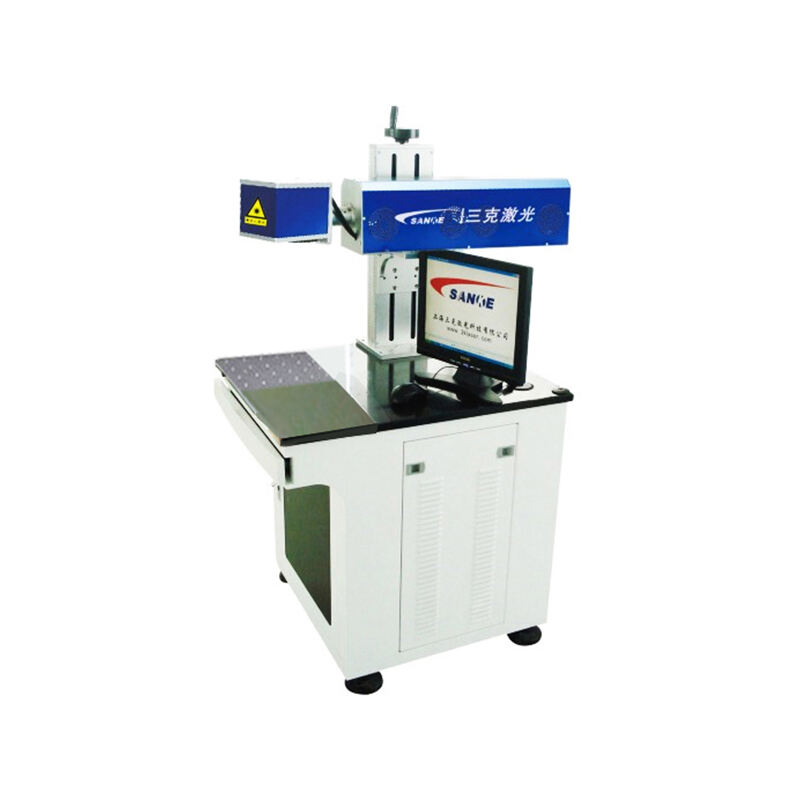
فهم تعقيدات أداء العدسة الحقلية تؤدي العدسات الحقلية دورًا حيويًا في الأنظمة البصرية، حيث تُعد مكونات أساسية تساعد على جمع وتوجيه الضوء بكفاءة. صُممت هذه العناصر البصرية المتخصصة لتحسين الصورة...
عرض المزيد
فهم تقنيات تصنيع التغليف الحديثة على مستوى الشريحة. يستمر قطاع أشباه الموصلات في التطور بوتيرة سريعة، مما يدفع الابتكارات في عمليات التصنيع التي تعزز الكفاءة والدقة وفعالية التكلفة. من بين...
عرض المزيد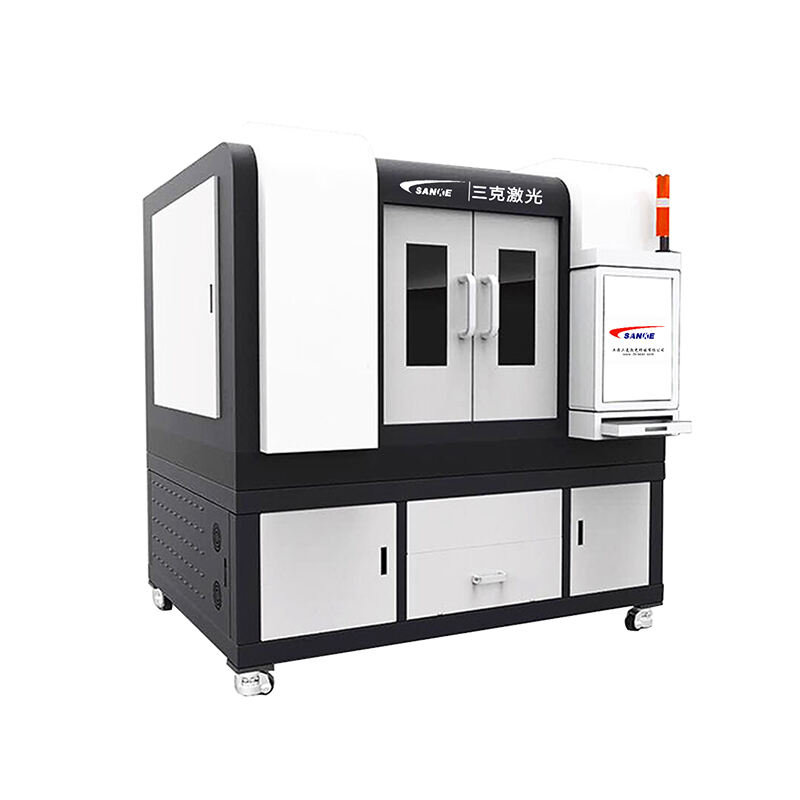
إتقان الهندسة الدقيقة من خلال تقنية قطع الليزر المتقدمة. تم تغيير مجال التصنيع الصناعي جذريًا بفضل ظهور تقنية آلات قطع الليزر، خاصةً عند معالجة المواد فائقة الصلابة. ت...
عرض المزيد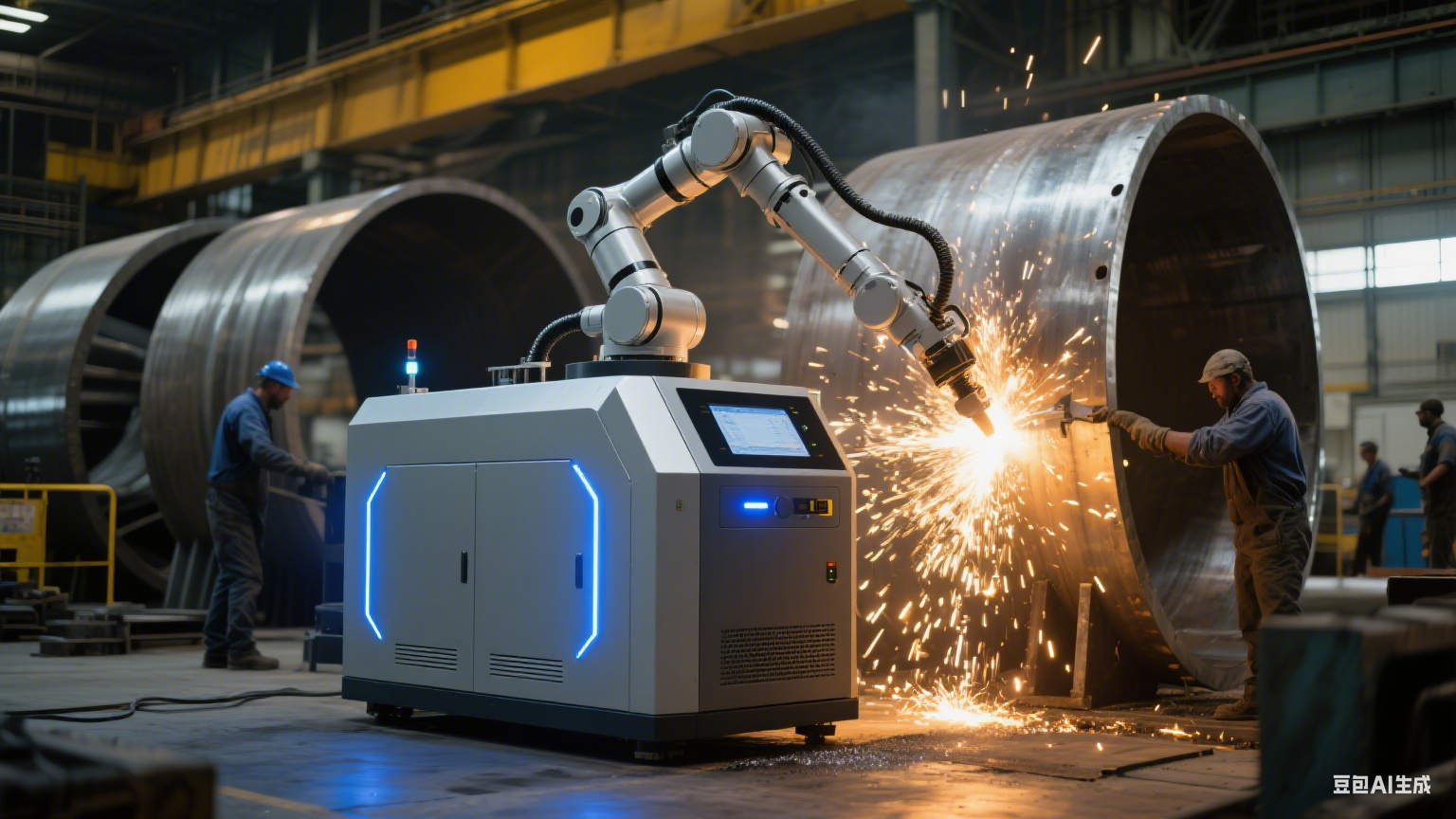
مقدمة هل سبق لك أن واجهت صعوبات في تشغيل المواد فائقة الصلابة مثل الألماس، أو النيتريد البوروني المكعب (CBN)، أو السيراميك المتقدم؟ تؤدي الطرق التقليدية في كثير من الأحيان إلى اهتراء الأدوات، وتلف المادة، ونتائج غير متسقة. مع ظهور تقنيات التشغيل المتقدمة مثل تقنية التفريغ الكهربائي (EDM)، أصبح من الممكن الآن معالجة هذه المواد الصعبة بكفاءة وبدقة عالية.
عرض المزيد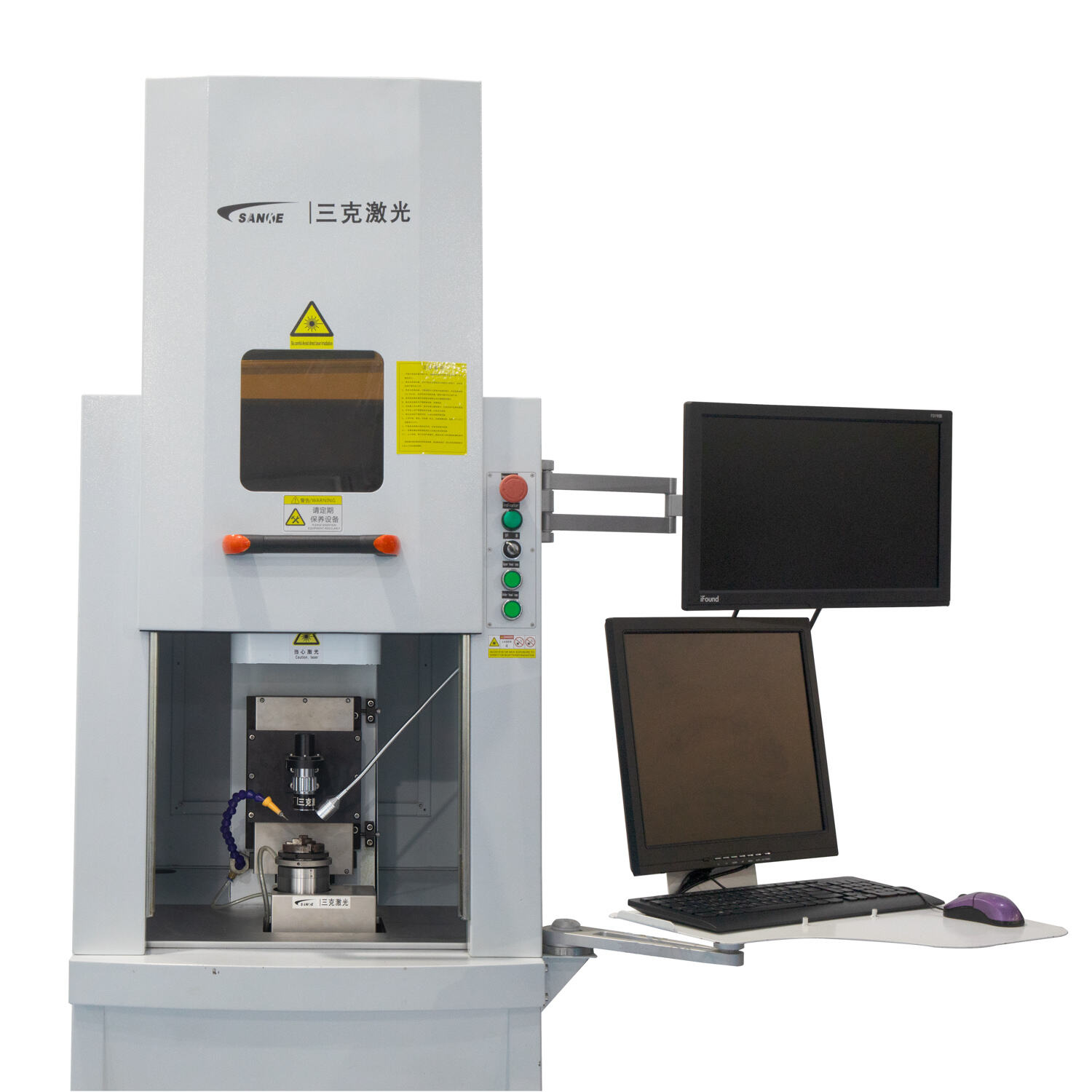
فهم التقنيات المتقدمة للليزر في تصنيع أشباه الموصلات الحديثة تواصل صناعة أشباه الموصلات دفع حدود التصغير والكفاءة، مما يجعل الحفر بالليزر عملية لا غنى عنها في حلول التغليف المتقدمة...
عرض المزيد
فهم تنوع تكنولوجيا الحفر بالليزر الحديثة، لقد ثورة التصنيع الصناعي طريقة معالجة المواد، وفي مقدمة هذه التطورات توجد آلة الحفر بالليزر. هذه الأنظمة المتطورة تُستخدم في مجموعة واسعة من التطبيقات الصناعية بفضل دقتها وفعاليتها.
عرض المزيد
فهم التحديات الأداء في أنظمة القطع بالليزر الصناعية، يعتمد المشهد الحديث للتصنيع بشكل كبير على آلات القطع الدقيقة بالليزر لإنتاج مكونات معقدة عبر مختلف الصناعات. هذه الأنظمة المتطورة تواجه تحديات أداء متعددة نتيجة لطبيعة العمليات الدقيقة والمتطلبات العالية.
عرض المزيد
في بيئة التصنيع التنافسية اليوم، أصبحت التخصيص والشخصنة من العوامل الرئيسية لرضا العملاء واختلاف العلامة التجارية. تلعب آلة الحفر بالليزر دوراً محورياً في تمكين هذه القدرات من خلال...
عرض المزيد